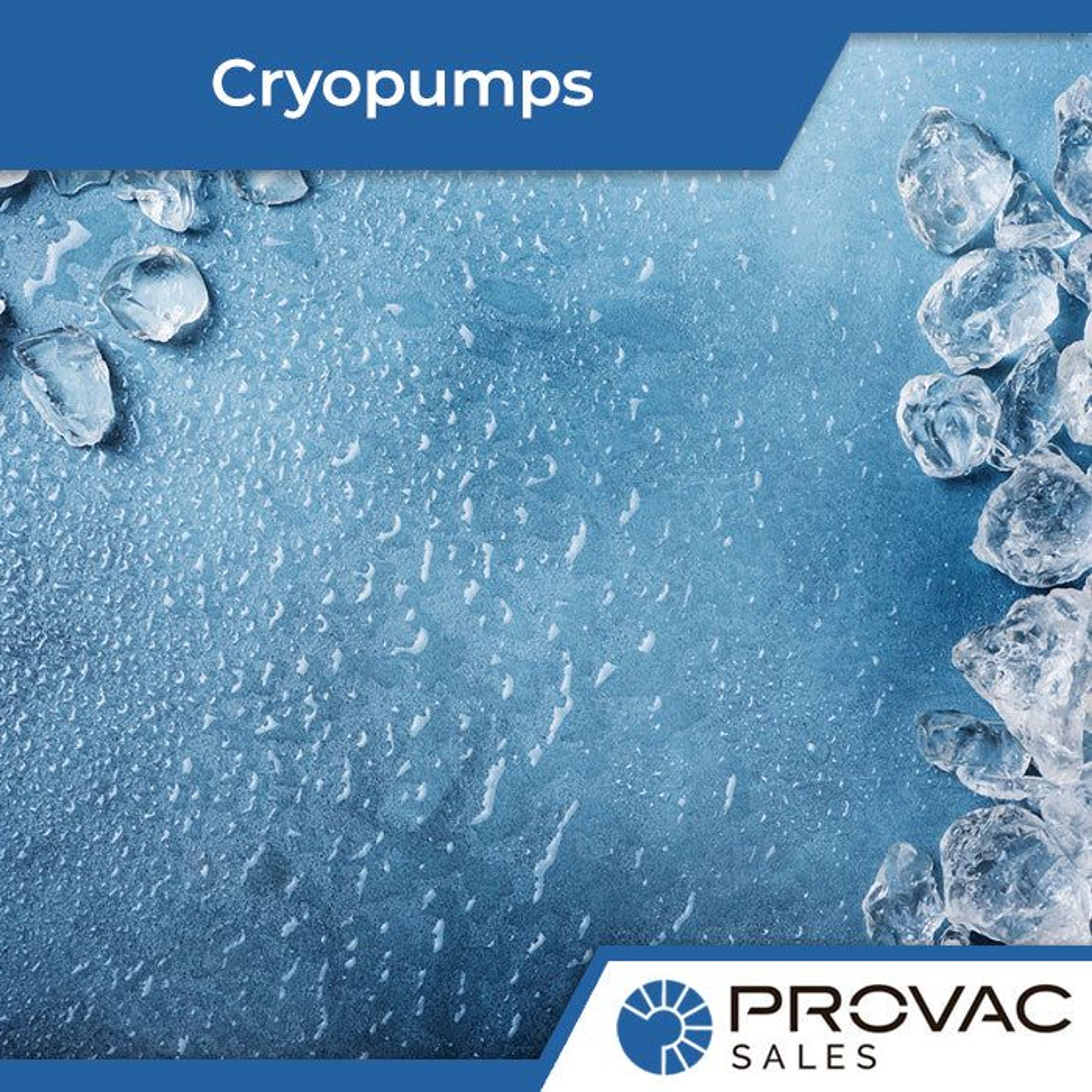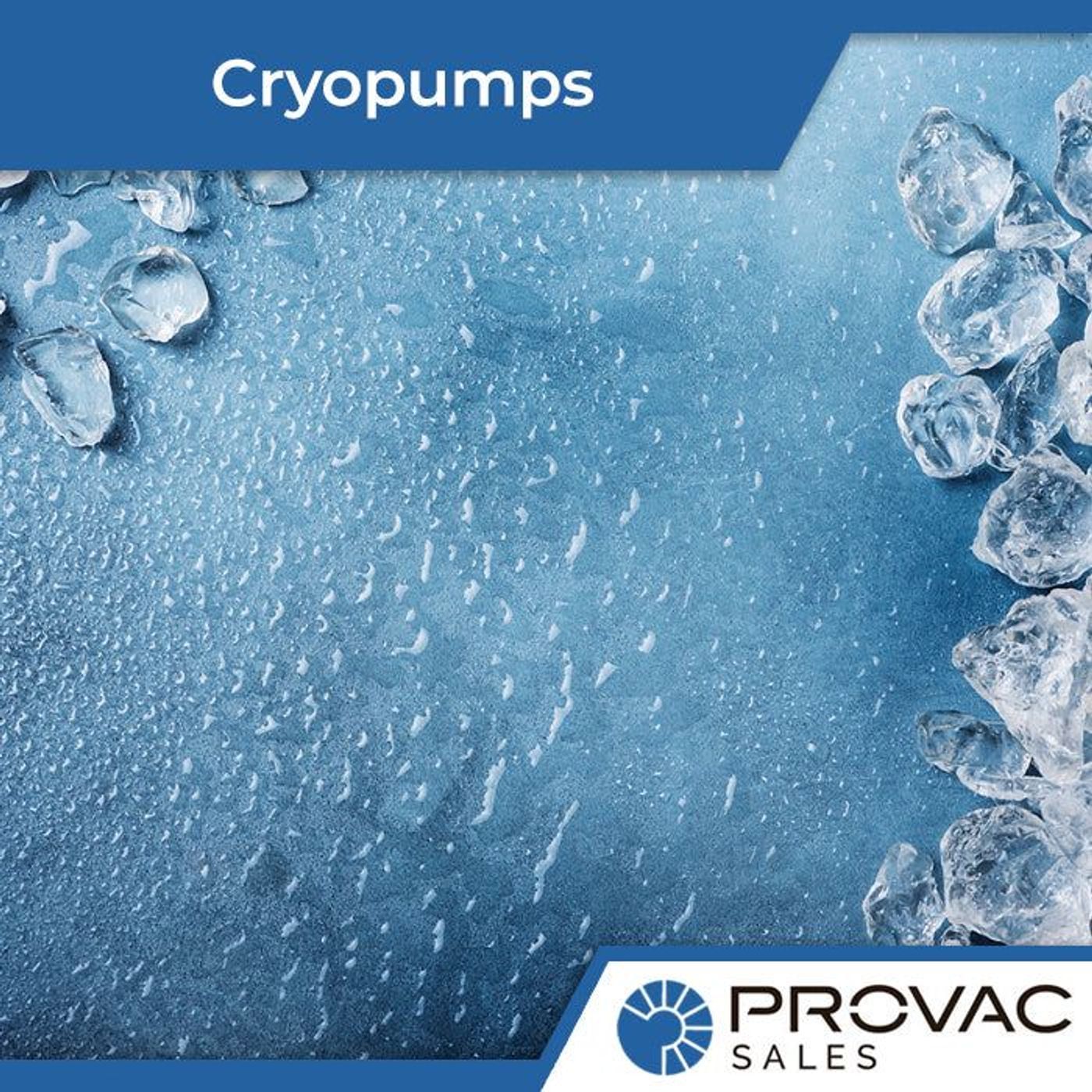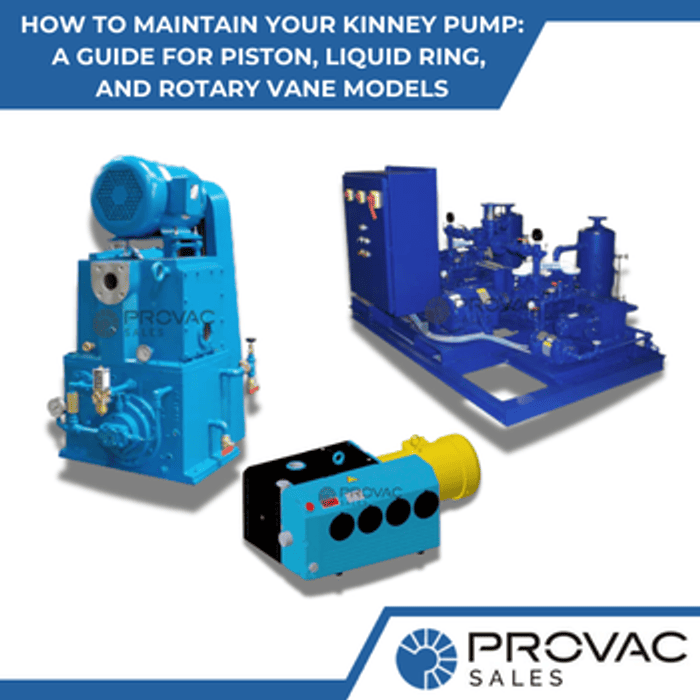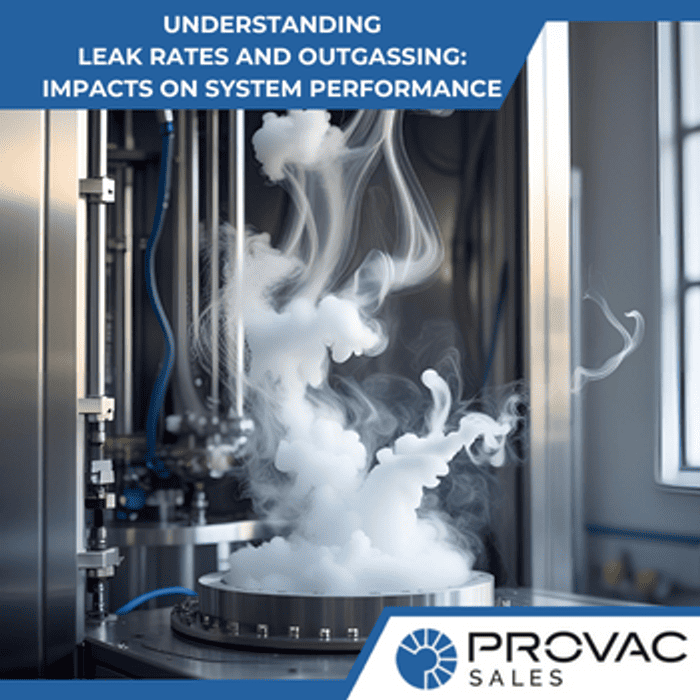A cryopump is a mechanical device that uses a freezing process to remove gasses and vapors from a sealed space. It is commonly used in chemical laboratories and other environments where it is critical to maintaining a high level of purity. In many cases, cryopumps are used in conjunction with other types of pumps to create an ultra-high vacuum. When operating, the cryopump draws in gas molecules and then cools them to such a low temperature that they liquify. The liquid then falls into a holding compartment, leaving the area being pumped virtually free of atmospheric contaminants.
How does a cryopump work?
Cryopumps use a cryogenic pump head to remove gasses from a system. The pump head works by condensing the gas onto a cold surface, usually made of metal. The gas is then drawn into the pump body by a vacuum, and the cycle repeats.
This process is typically used in high-vacuum environments, such as those found in semiconductor manufacturing, or in cryogenics. Many industries use these pumps to liquefy gasses, such as oxygen or nitrogen. In this application, the gas is first cooled to its critical temperature (the temperature at which it changes from a gas to a liquid), and then condensed onto the cold surface. The resulting liquid is then drawn into the pump body by the vacuum.
Importance of pressure relief valve in a cryopump
One of the key components of a cryopump is the regeneration system, which helps to remove the captured gas molecules from the pump so that it can continue to operate effectively. The regeneration system typically consists of a pressure relief valve and a heater.
The pressure relief valve is used to release the built-up pressure in the pump, while the heater helps to vaporize the captured gas molecules so that they can be removed from the pump. Together, these two components help to keep the cryopump operating at peak performance.
How does a mechanical cryopump work?
Mechanical cryopumps work by using a series of piston-like cylinders to compress and expand gasses. As the gas is compressed, it becomes cooler and condensed. The condensed gas is then expelled into a chamber where it can be stored. To keep the pump from overheating, a cooling fluid is circulated through the cylinders. When the fluid evaporates, it absorbs heat from the cylinders, keeping them cool.
These cryopumps are used in a variety of applications, including refrigeration, air conditioning, and medical equipment. They are also used in cryogenics, which is the study of materials at extremely low temperatures. Mechanical cryopumps are an essential piece of equipment for many industries.
How does a gas sorption cryopump work?
A gas sorption cryopump uses a material that can adsorb (or hold onto) large amounts of gas, at low pressures. This sorbent material is typically a porous solid, such as activated charcoal, or zeolite. When the cryopump is turned on, it initially operates like a conventional vacuum pump, using a mechanical pump to remove air from the system. As the pressure drops, the sorbent material begins to adsorb gasses from the air. The result is a significant improvement in pumping speed and efficiency. Eventually, the sorbent material will become saturated with gas, at which point the cryopump must be “regenerated” by heating it to release the gas. This can be done either manually or automatically, depending on the type of cryopump.
How does a cryopump compressor work?
In order to maintain temperature cryogenic vacuum pumps require helium to be circulated through the unit. Cryo pumps are used in conjunction with helium compressors.
Cryopump compressors work by compressing gas and then cooling it to liquefy the compressed gas. The compressed gas is then routed through a heat exchanger, where it cools the surrounding air or liquid. The cooled gas is then released into the cryopump chamber, where it condenses on the walls of the chamber and forms a thin film of ice. This ice film helps to further cool the gas and keep it at a low temperature. In order to maintain optimal performance, cryopumps must be regularly serviced and their compressors replaced as needed. Compressors have serviceable items like adsorbers to replace and oil to change.
Performance characteristics of a cryopump
1. Pumping speed
In order to ensure that a cryopump is operating within the optimal range, it is important to understand the pumping speed characteristic curve. This curve shows the relationship between compression ratios and volumetric flow rates for a given pump. The ideal operating point is typically around 70-80% of the maximum volumetric flow rate. This point provides the best compromise between efficiency and wear on the pump.
If the pump is operated at lower flow rates, then it will be less efficient and have a shorter lifespan. However, if the pump is operated at too high of a flow rate, then excessive wear will occur on the pump components. As a result, it is important to operate the cryopump compressor within the optimal range in order to maximize efficiency and minimize wear.
2. Pumping capacity
The pumping capacity of a cryopump is determined by its ability to remove molecules from the space to be evacuated. The removing action of the cryopump is due to the capture of these molecules on the cooled surfaces inside the pump. But the cooled surfaces can store only a limited number of molecules. The number of molecules that can be captured in a unit of time is proportional to the area of the cooled surfaces exposed to the space being evacuated. When this limit is reached, the pressure inside the cryopump starts to rise, and evacuation must stop until the pressure has decreased enough for molecule capture to resume.
The critical factor, then, for the successful operation of a cryopump is to have a sufficiently large surface area of cooled surfaces exposed to the space being evacuated. This factor determines the ultimate pumping speed and capacity of the cryopump.
A cryopump cools down the gas to very low temperatures and decreases its pressure. This can be useful for many purposes such as removing air from sealed containers or accelerating particles in a particle accelerator, making it an essential device in scientific and engineering applications.





